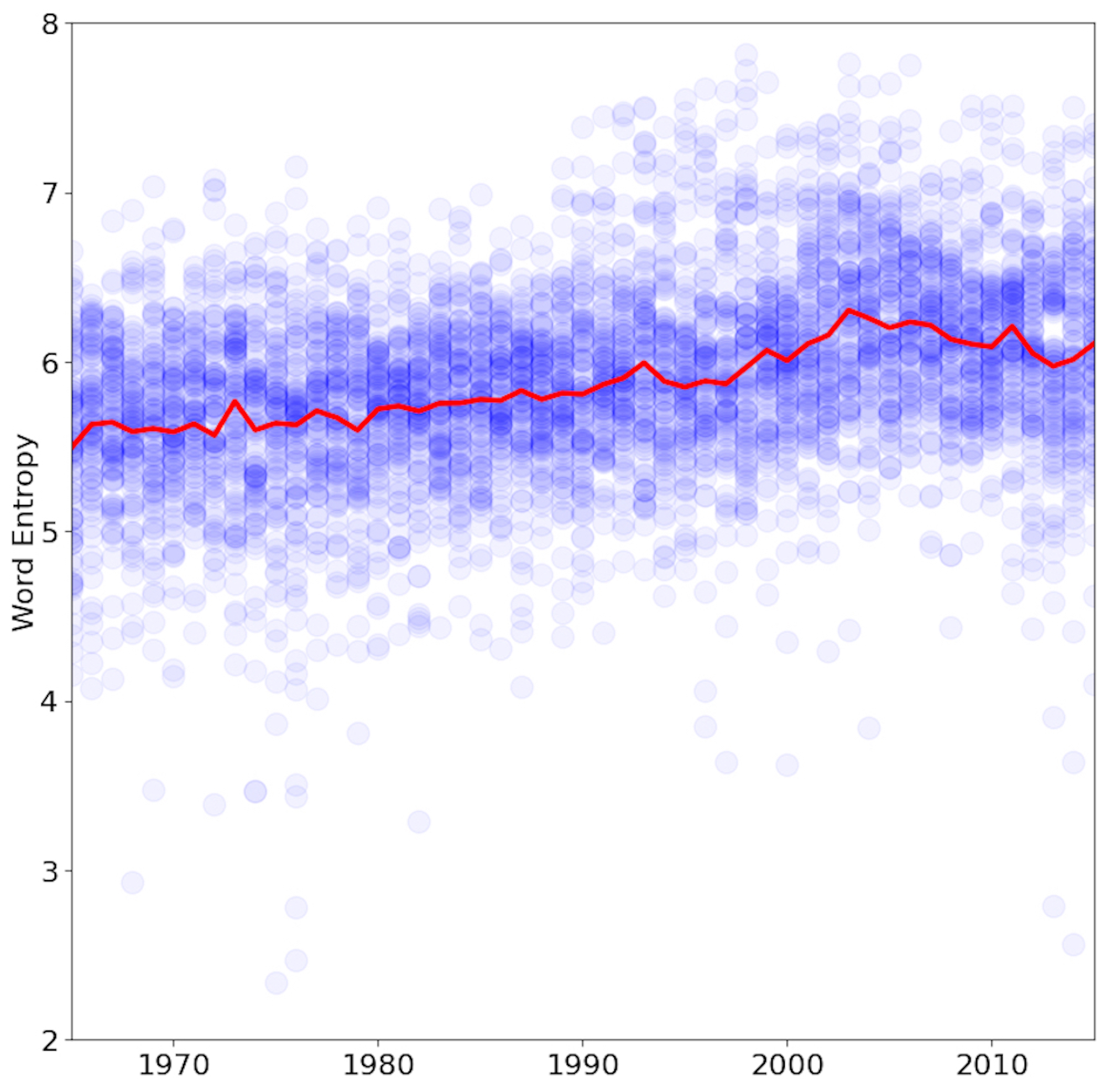
Combatting the vaping epidemic
Vaping has become synonymous with chic designs and diverse flavours conceals a hazardous reality. That it contains 200 chemicals, including arsenic and acrolein. Young adults, enticed by vaping, face a public health crisis with nicotine dependency. Vaping-specific cessation programs fall short, prompting Griffith University researchers to co-design a tailored program.





 Dr Nathan Garland
Dr Nathan Garland
